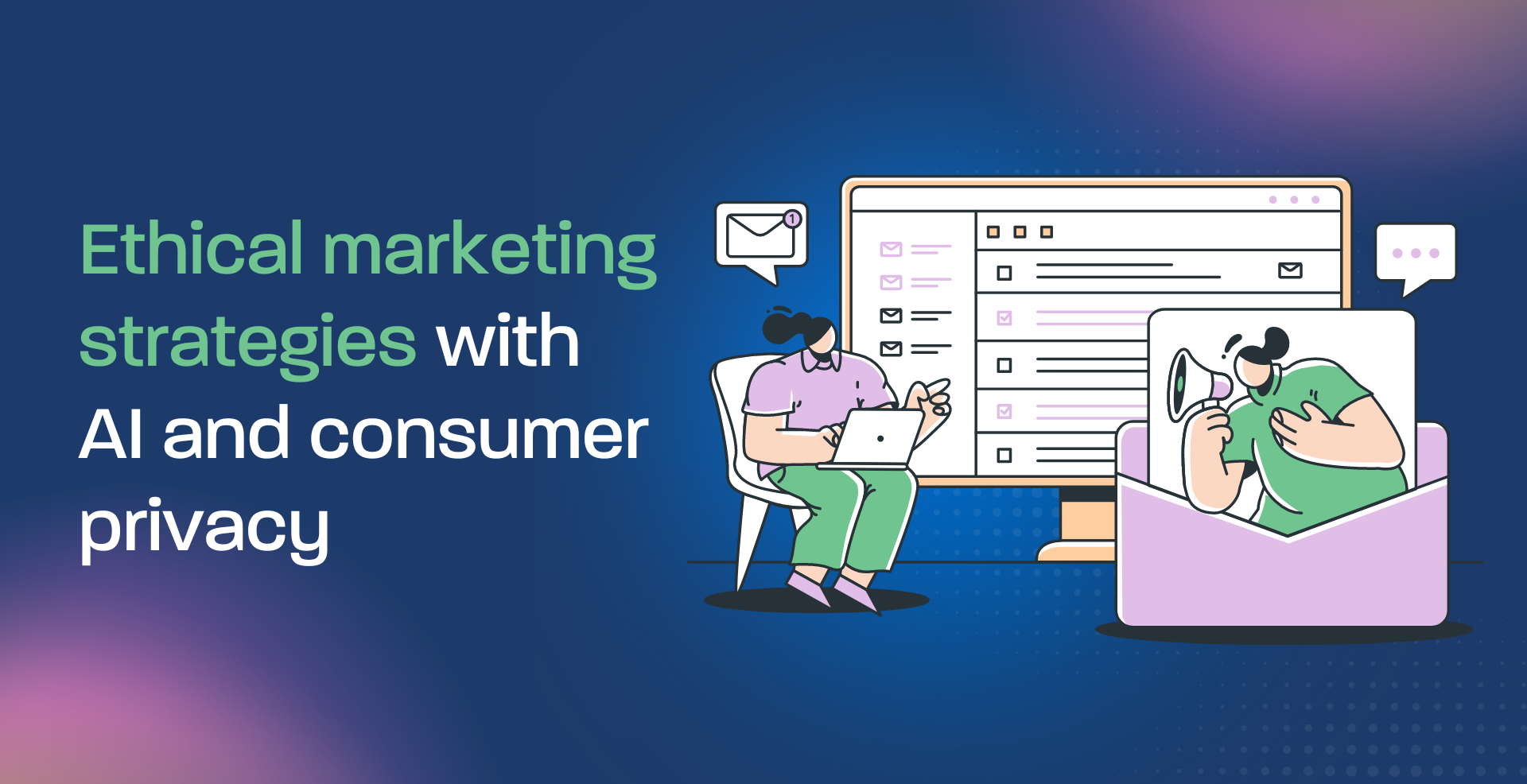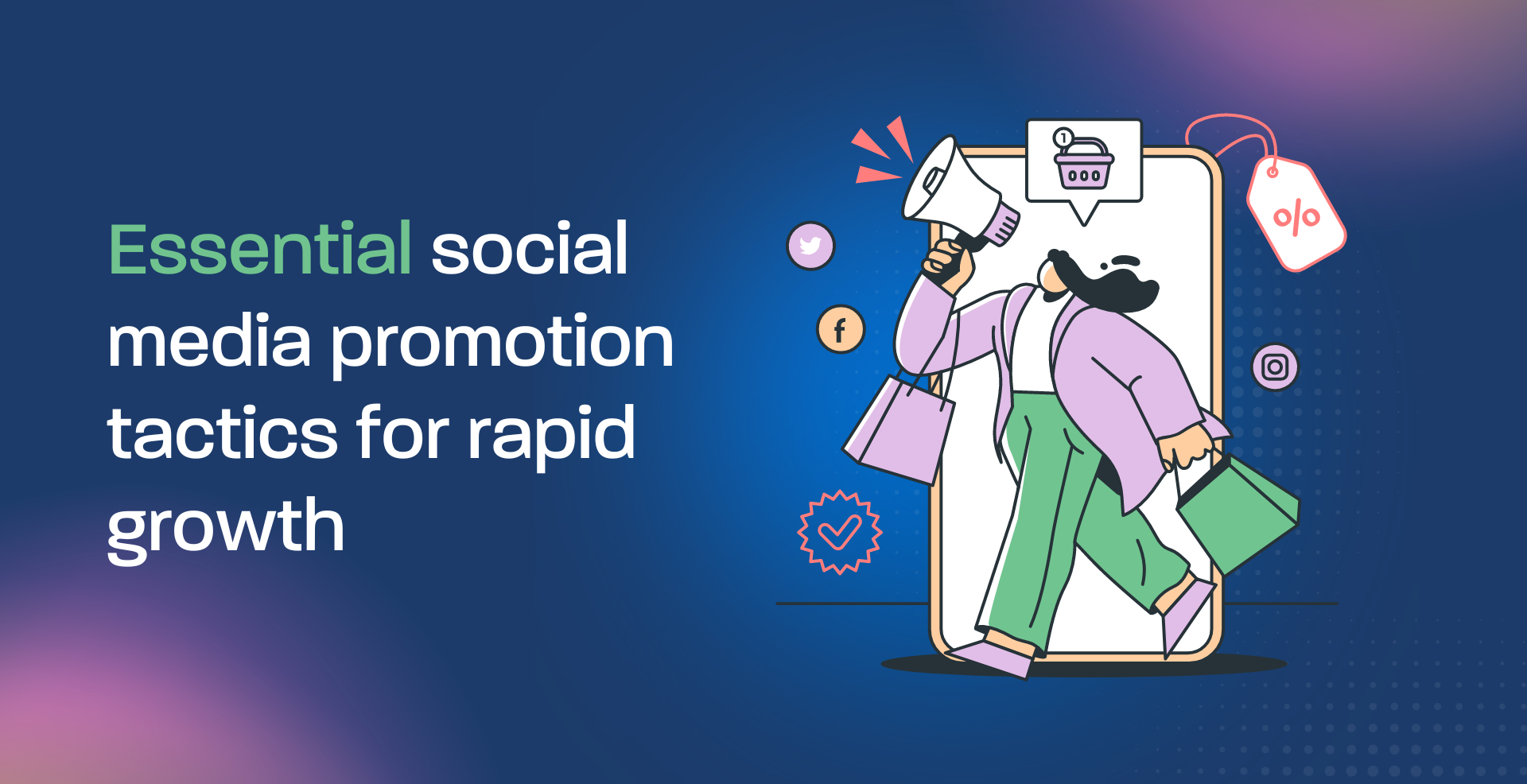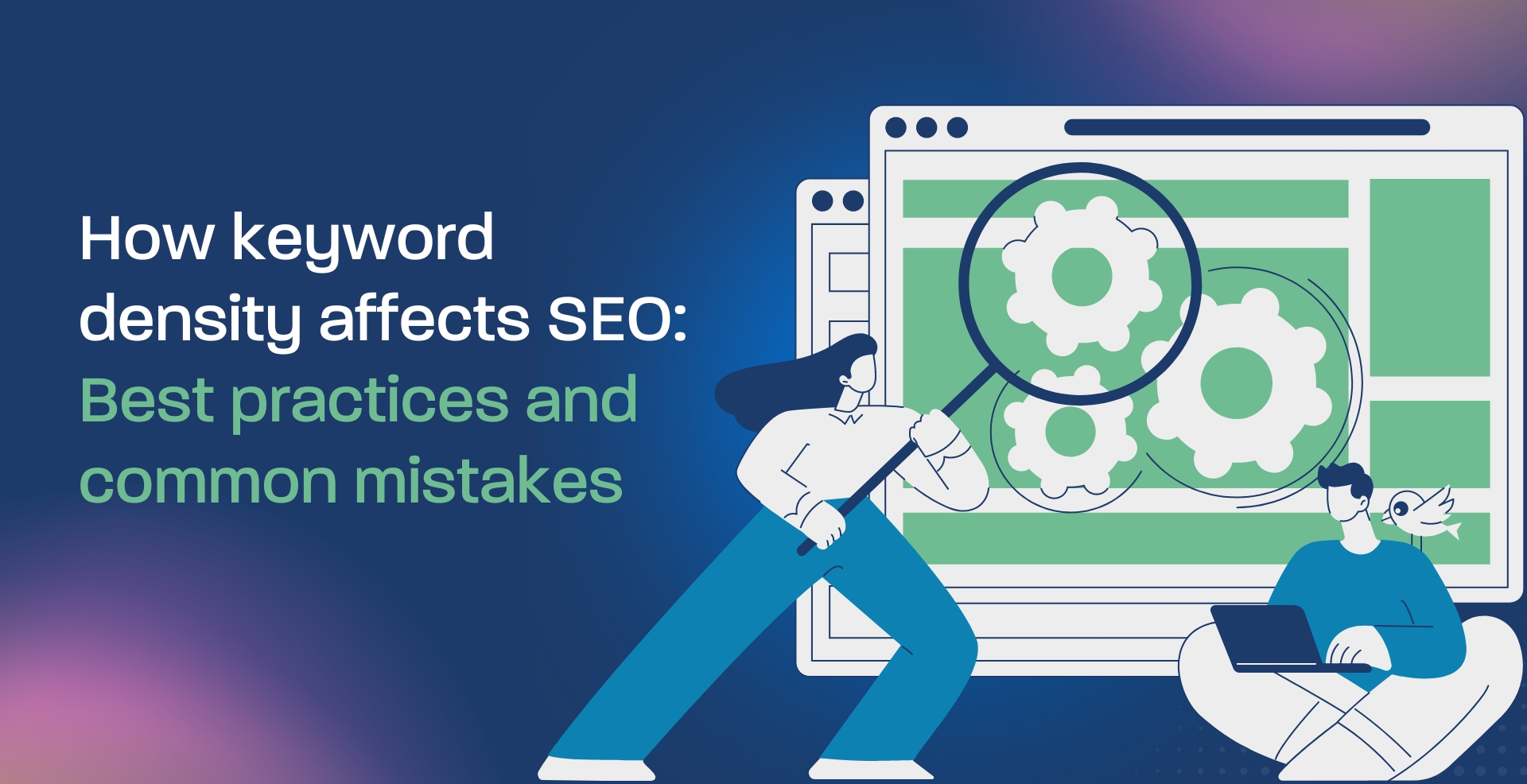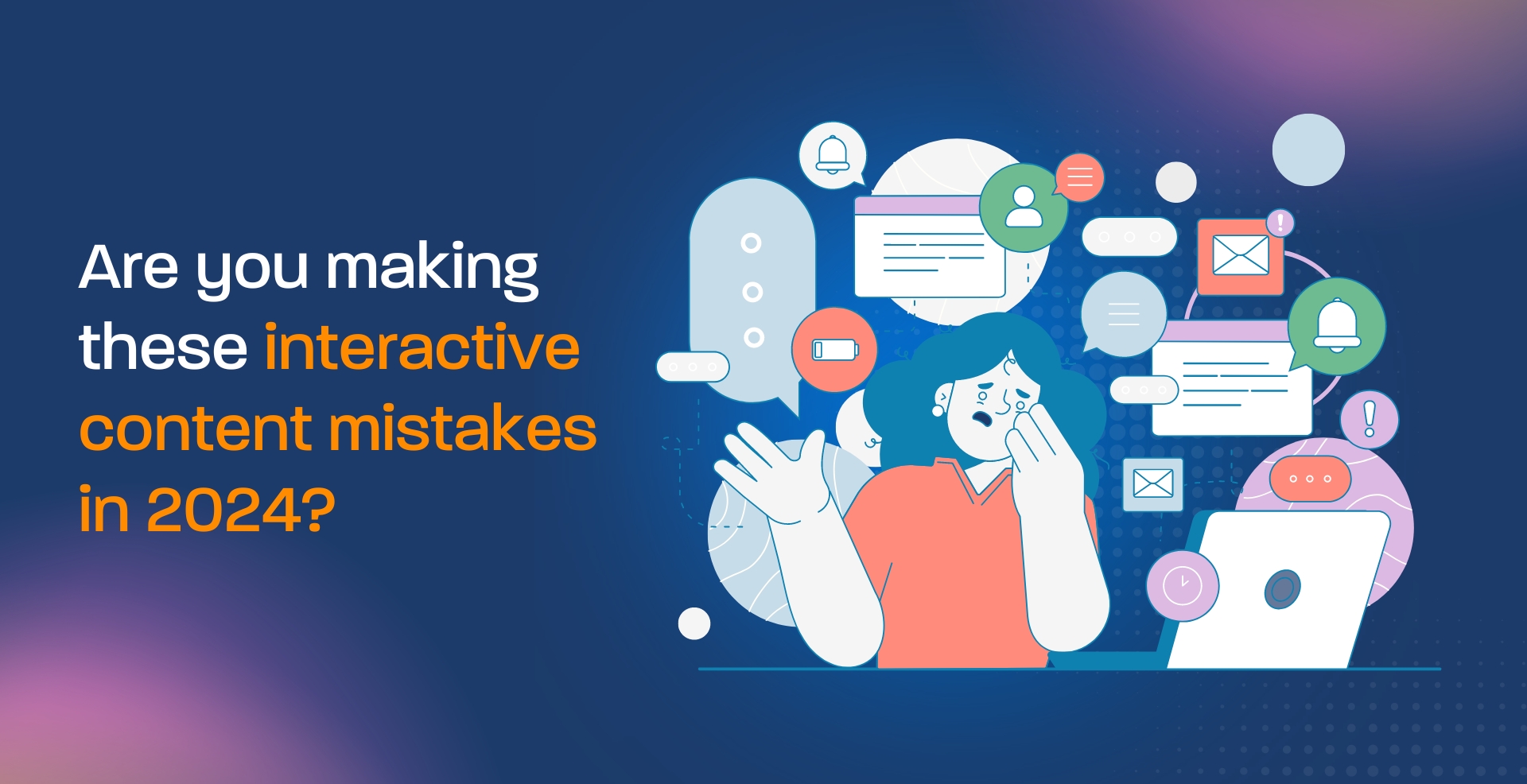Forget stale tactics and static ads. Marketing is evolving, and brands are turning to play to capture the attention (and dollars) of the elusive Gen Z. But this isn’t about cheesy mascots; it’s about strategic gamification: seamlessly weaving game mechanics into your marketing to boost engagement, loyalty, and ultimately, sales. By 2025, the global gamification sales revenue is estimated to reach $32B.
Gamification integrates game mechanics into non-gaming contexts, transforming marketing into an immersive, interactive, and rewarding experience.
Imagine crafting an experience so fun, interactive, and rewarding, that it feels less like marketing and more like conquering the ultimate level. And Gen Z, with their tech-savvy minds and competitive spirit, are the perfect audience to play with.
Decoding the Game-Obsessed Generation
Born between 1997 and 2012, Gen Z is the first truly digital generation, practically born with smartphones in hand. This translates to unique traits ripe for gamified marketing:
- Tech-Savvy Ninjas expect seamless, engaging experiences, not clunky interfaces and broken links. Think intuitive design and flawless functionality that feels native to their digital world.
- Competitively Wired: Leaderboards, challenges, and rewards fuel their inner champion. Think limited-edition drops, contests that go beyond just individual achievement, and collaborative challenges that foster a sense of community.
- Social Butterflies on Steroids: Sharing, collaboration, and community are key drivers of their online interactions. Think user-generated content campaigns that leverage their creativity, social leaderboards that spark friendly competition and bragging rights, and influencer partnerships that tap into their trusted voices.
- Experience Seekers 2.0: Forget boring ads; they crave authentic, personalized experiences beyond traditional marketing. Think AR/VR product explorations that let them virtually try on clothes or explore your store in a gamified way, interactive storytelling that immerses them in your brand narrative, and cause-based gamification that allows them to contribute to a greater good while interacting with your brand.

Beyond Points and Badges: The Gamification Arsenal
We’ve established the “why” behind gamifying for Gen Z, now let’s explore the “how” with the right mechanics:
- Points & Badges: Simple yet effective, offering a sense of progress and achievement to keep them hooked. Think points for completing tasks, and badges for unlocking features, but ensure they’re tied to meaningful actions that contribute to the overall experience.
- Levels & Progression: Introduce milestones and unlockables to create a journey with exciting rewards. Think of tiered loyalty programs with exclusive content access at higher levels, but make sure the progression feels achievable and personalized to their interests.
- Challenges & Quests: Spark healthy competition and problem-solving with time-bound activities or specific goals. Think limited-edition challenges with unique rewards that tie into your brand story, and scavenger hunts that interactively explore your products or services.
- Leaderboards & Rankings: Foster friendly competition and motivate individuals to climb the ladder. Think social leaderboards with dynamic updates and bragging rights, gamified contests with top-scorer prizes that go beyond just products, but offer unique experiences or social recognition.
- Virtual Currency & Rewards: Users can earn and redeem in-game currency for real-world benefits or exclusive experiences. Think digital coins for completing tasks, redeemable for discounts or early access to new products, but ensure the rewards are relevant and add value to their lives.
- Storytelling & Narrative: Weave gamification elements into a compelling narrative to deepen user connection. Think gamified choose-your-own-adventure experiences that let them shape the brand story, interactive product stories with challenges that unlock new product features, or AR/VR experiences that immerse them in the brand world.
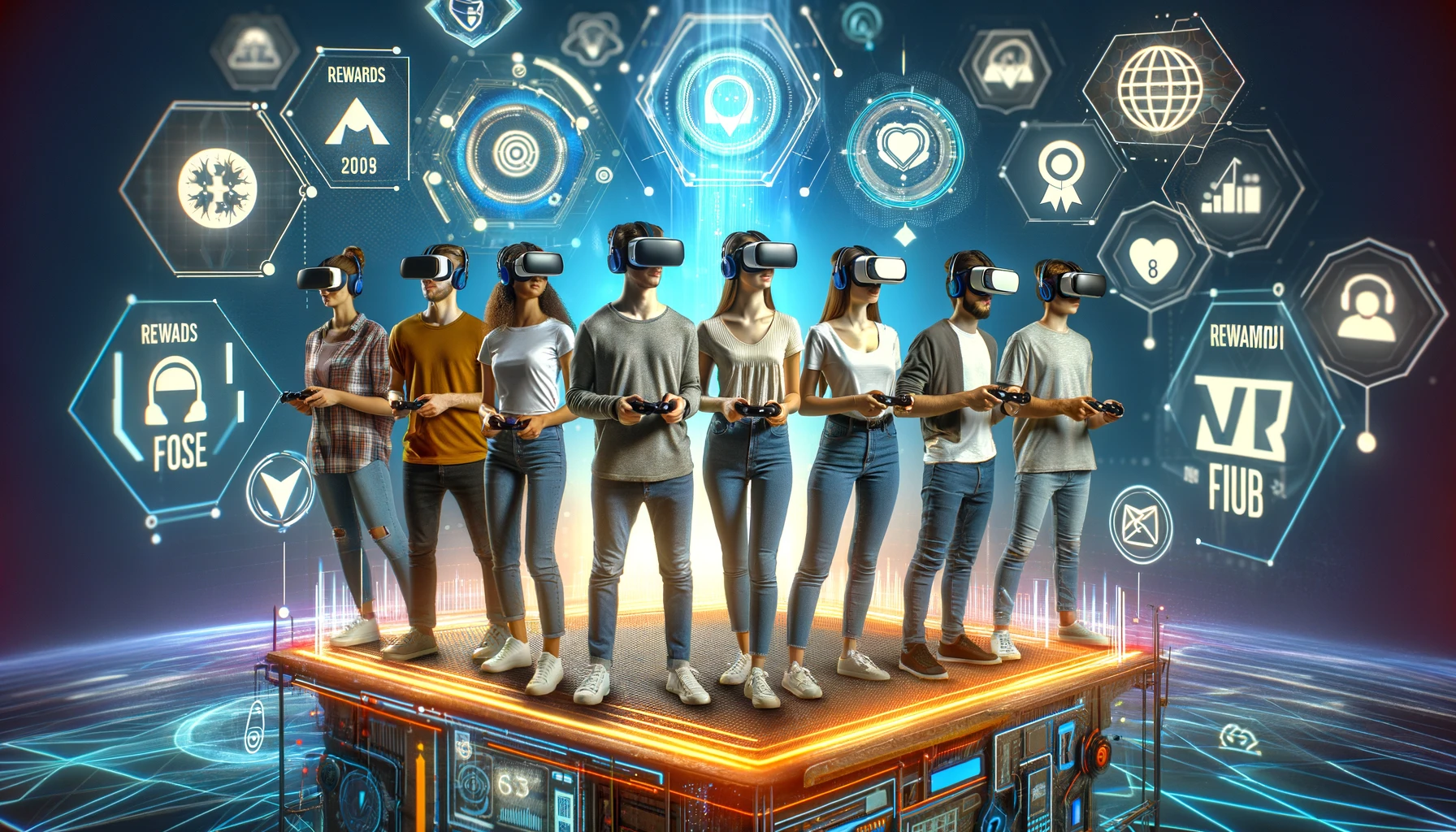
Crafting the Perfect Playdate: Gamification Strategies for Gen Z that has worked
Let’s examine how gamification mechanics can significantly enhance customer engagement, brand loyalty, and overall marketing effectiveness.
- A Pet Care Brand’s Advent Calendar Campaign: This campaign utilized a variety of rewards, including prize draw entries, product discount coupons, and pet care video content, to engage consumers. Special prizes, like six months’ worth of free pet food, were also awarded randomly. The results were impressive, with email click-through rates three times higher than sector averages, over 25% of the audience returning to the Advent calendar on multiple days, and significant boosts in consumer data collection and sales.
- Visit Scotland’s Interactive Quiz: To enhance database size and customer profiling, VisitScotland deployed an interactive Scottish trivia quiz. Participants could earn entries into a prize draw for a trip to Scotland, encouraging engagement and data sharing. This gamification approach successfully captured tens of thousands of consented data points, providing valuable insights for future marketing.
- Michaels’ Holiday-Themed Advent Calendar: Faced with the challenge of re-engaging customers, Michaels, a major arts & crafts retailer, launched an Advent calendar as part of an email reactivation campaign. This initiative not only reactivated over 80,000 unique emails but also significantly increased customer engagement and data collection.
- Starbucks Rewards and Nike Run Club: Starbucks uses a rewards program to foster loyalty, offering benefits as customers earn stars from purchases. Similarly, the Nike Run Club app gamifies running by tracking progress and offering challenges, fostering a competitive and rewarding experience.
- McDonald’s Monopoly and Happy Meals: McDonald’s uses gamification to enhance the dining experience, from the Monopoly promotion offering prize-winning opportunities to gamified Happy Meals for children.
- Duolingo: This language learning app uses gamification extensively, with points, badges, leaderboards, and streaks to keep users engaged and motivated. They’ve seen incredible success, with over 500 million users and high retention rates.
- Sephora Beauty Insider: This loyalty program gamifies the shopping experience with points, tiers, and exclusive rewards. It encourages customers to make more purchases and interact with the brand more frequently.
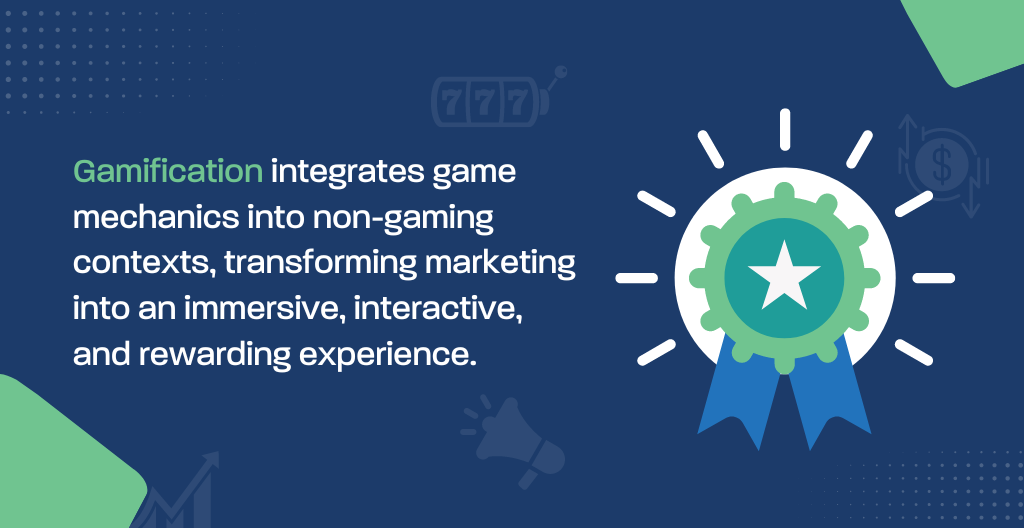
Now, let’s put these mechanics into action with some creative ideas you can try out:
- Interactive Product Discovery: Ditch boring descriptions and gamify product exploration through quizzes that test their knowledge and recommend products, challenges that showcase different product features, or choose-your-own-adventure experiences that personalize their discovery journey. Imagine an AR scavenger hunt through your virtual store where they solve puzzles to unlock new product categories.
- Social Shopping & Sharing: Encourage user-generated content with elements like referral programs that reward them for bringing friends, collaborative challenges where they team up to achieve goals and unlock rewards, or social leaderboards that showcase the most creative product uses. Think TikTok challenges where they showcase your product in action with a branded hashtag, with rewards for the most creative entries that go viral.
- AR/VR Adventures: Immerse users in augmented or virtual reality experiences that showcase your brand uniquely and interactively. Imagine trying on clothes virtually in different settings, exploring your store in AR with hidden product challenges, or participating in gamified events within a virtual brand world.
- Personalized Learning & Rewards: Gamify loyalty programs with customized points systems that reward actions.
Gamification represents a paradigm shift in marketing, particularly for engaging Gen Z. By understanding their digital-first mindset and leveraging game mechanics to create rewarding, engaging experiences, brands can achieve unprecedented levels of engagement, loyalty, and advocacy. As the digital landscape continues to evolve, the brands that succeed will be those that can turn marketing into an engaging game where everyone feels like a winner.
